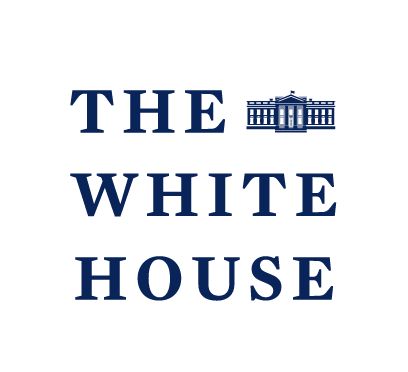346 reads
Using the Grand Pathways Framework to Identify and Bridge Gaps Post-COVID-19
by
January 21st, 2024
Audio Presented by

The White House is the official residence and workplace of the president of the United States.
About Author
The White House is the official residence and workplace of the president of the United States.